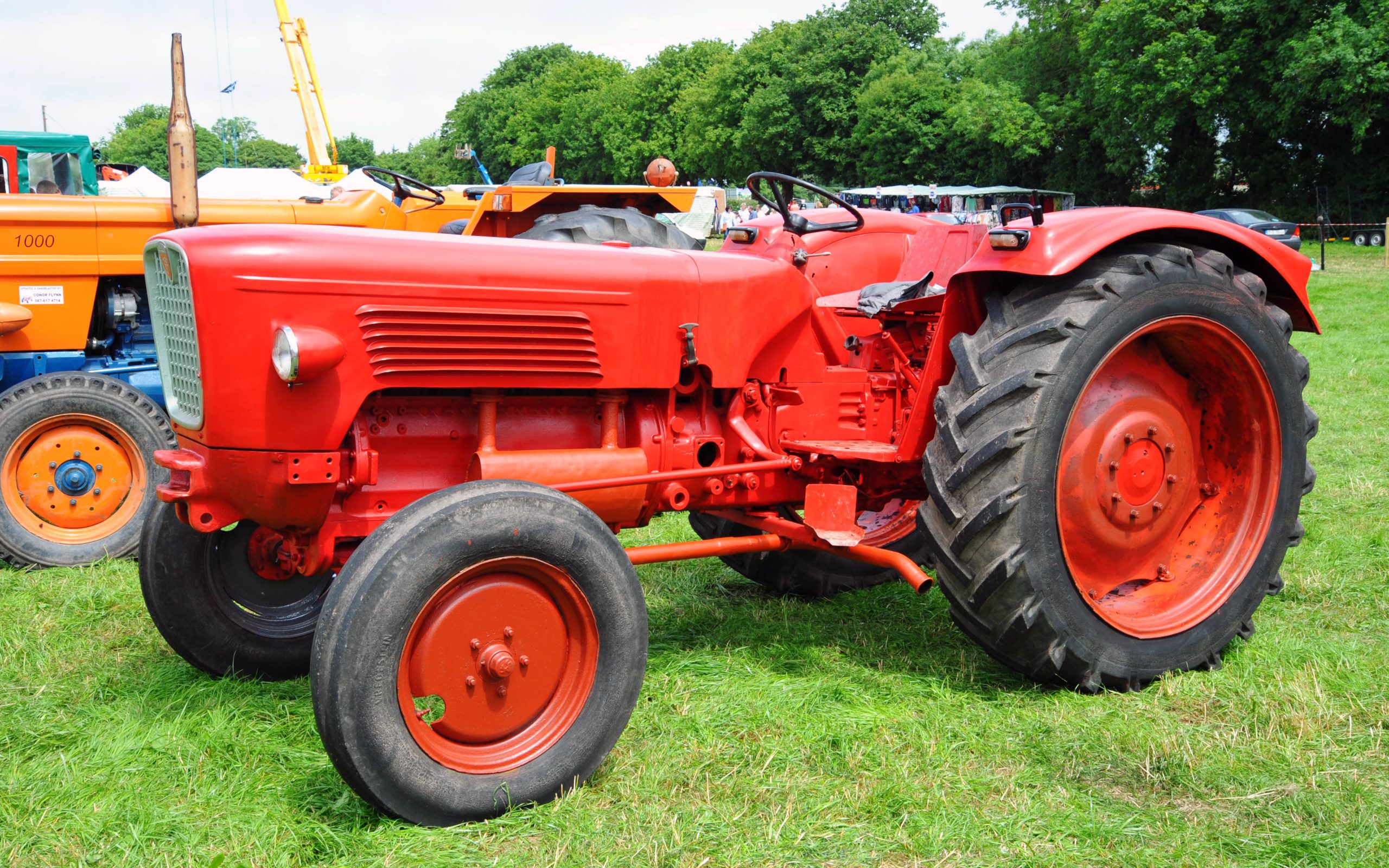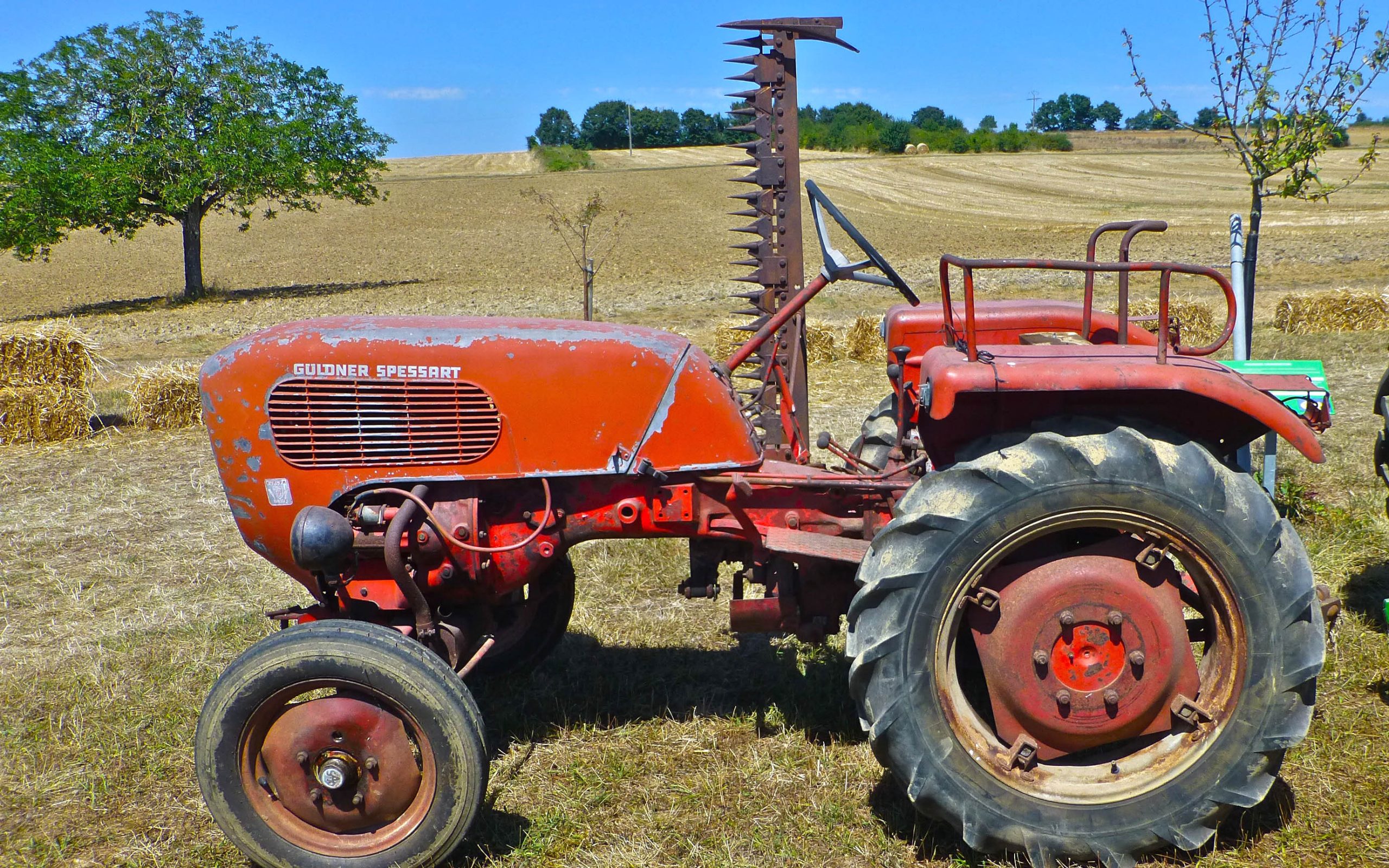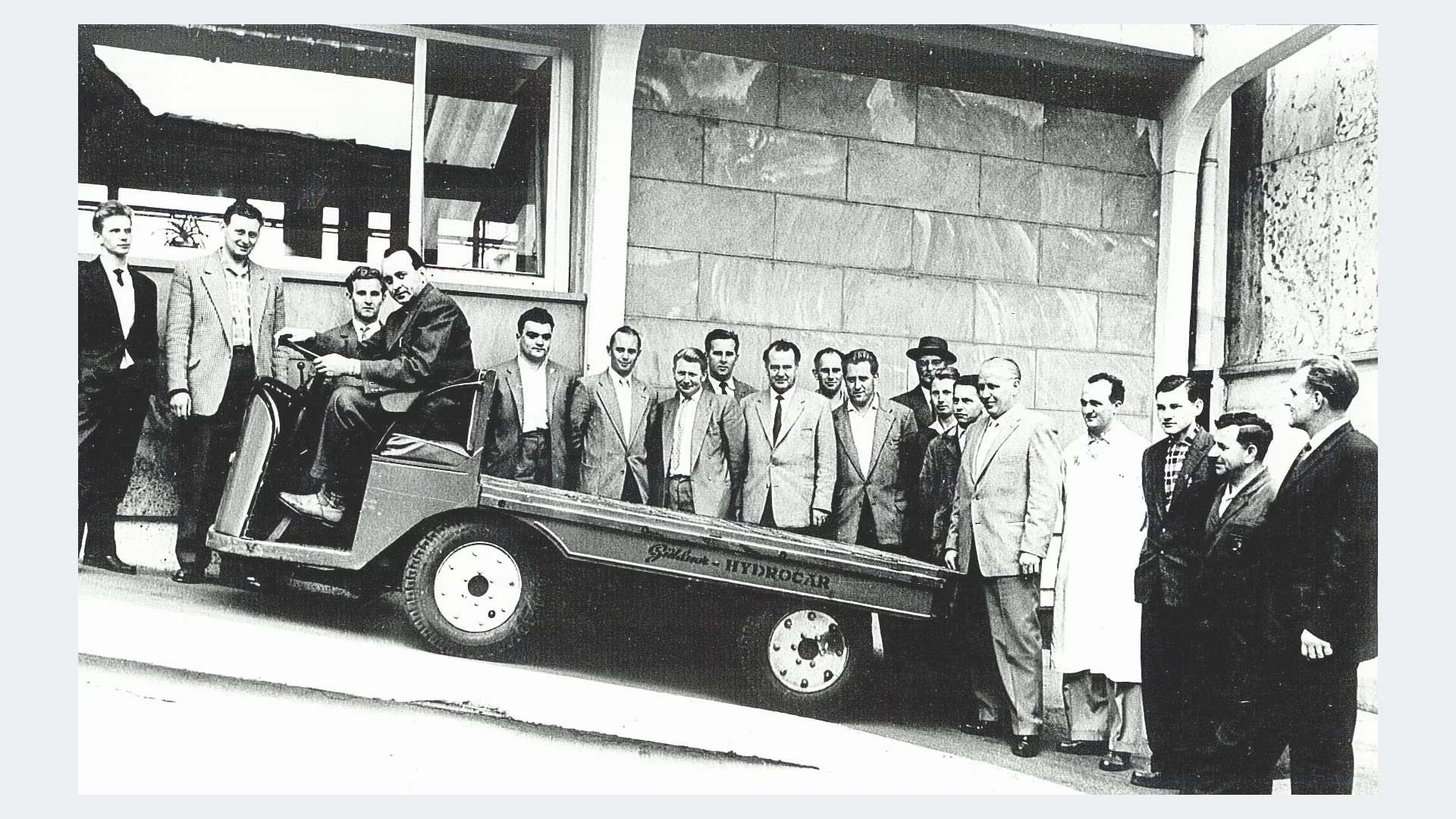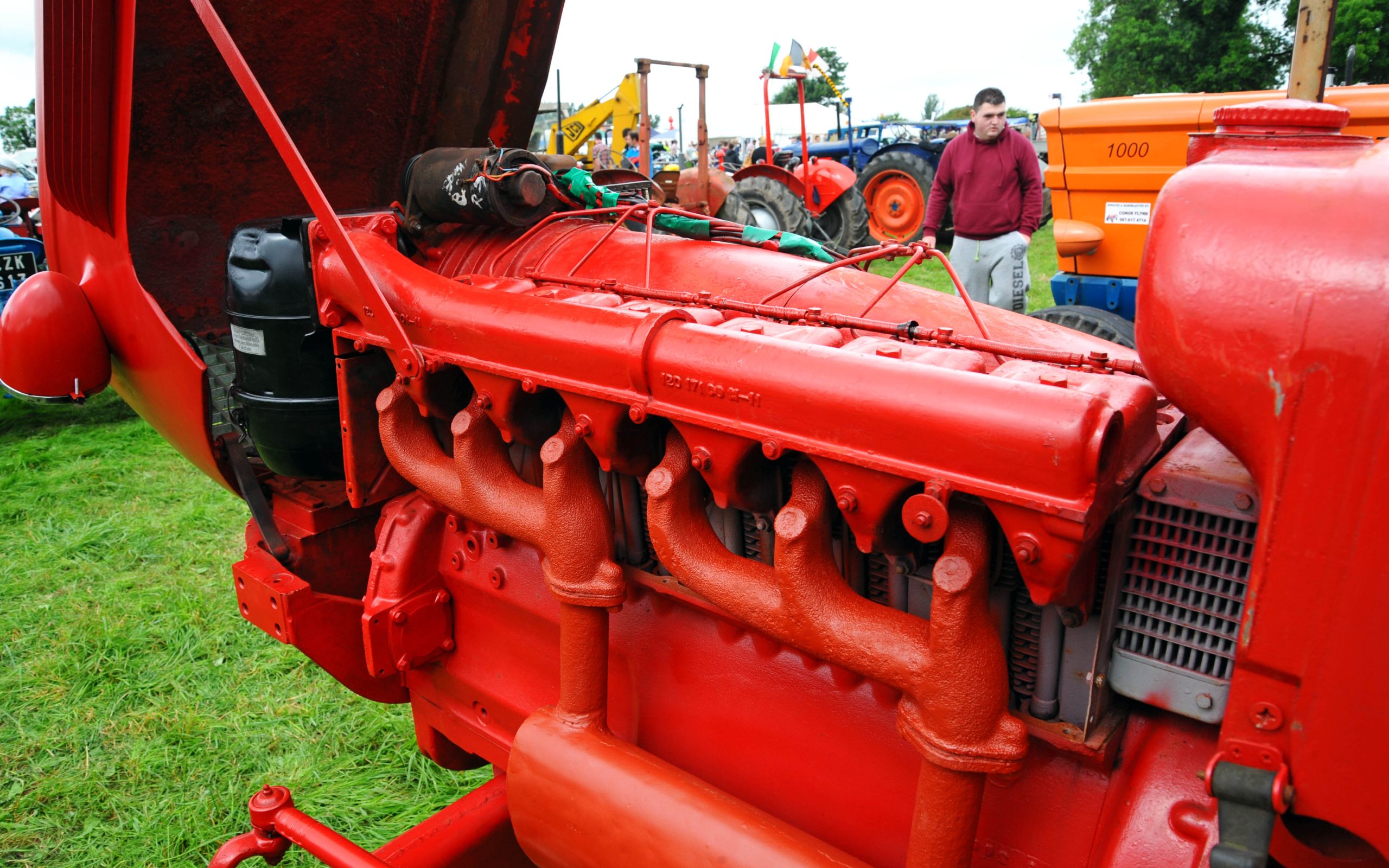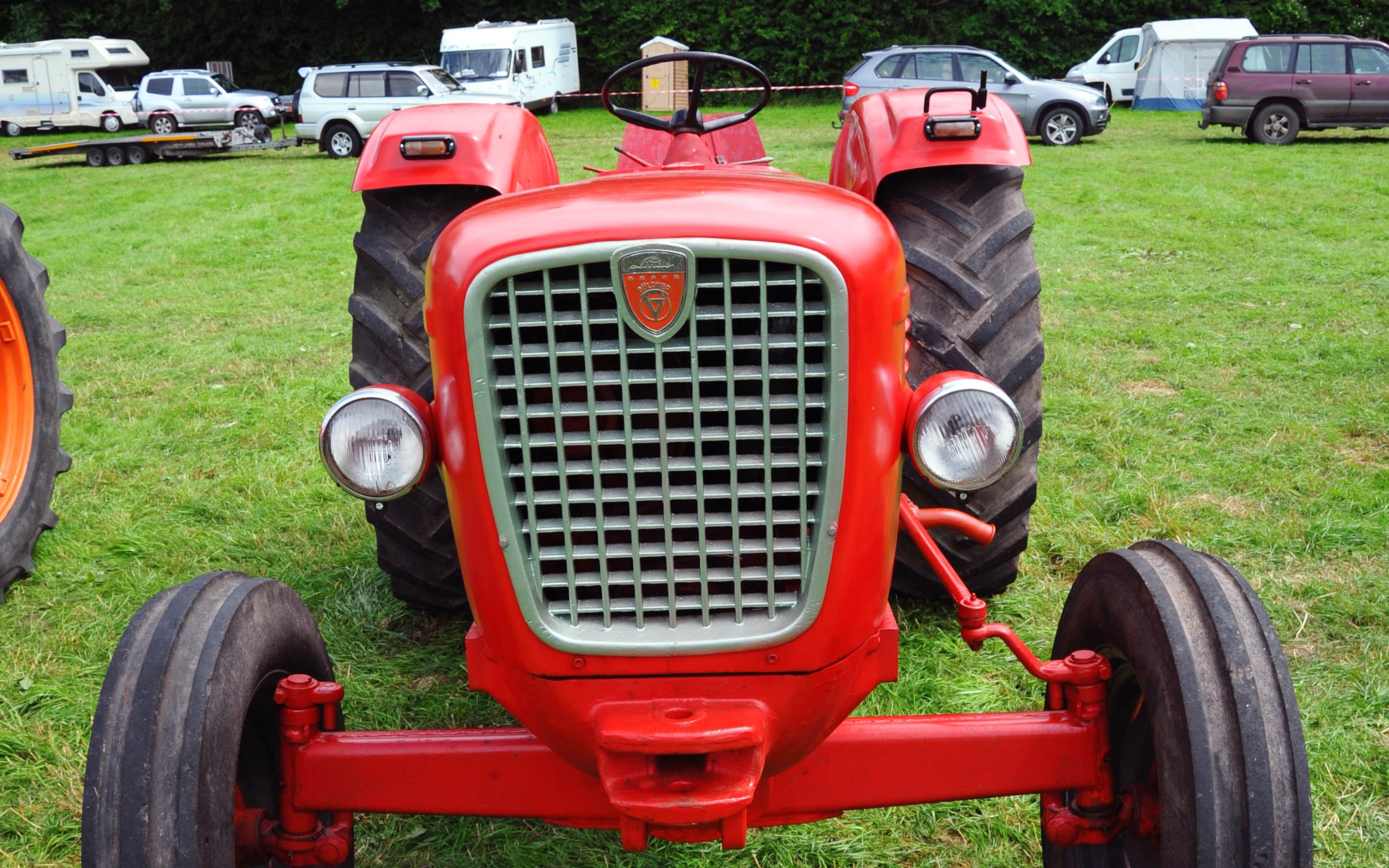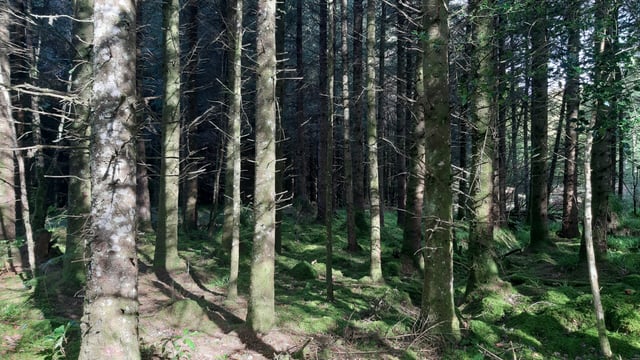Guldner: German engineering and hydrostatic drive
Guldner tractors crop up occasionally at rallies and runs but they are not usually at the top of list when it comes to being popular or well-known tractors, which is a shame as their origin is somewhat different from that of most makes.
It was Carl Von Linde, the renowned scientist, engineer, and tutor to Rudolf Diesel and also the father of refrigeration that started the ball rolling when it became apparent that to run the refrigeration plants he was building for Carlsberg and Heineken, he would need an independent electrical supply.
The plants needed a lot of power before the days of electrical grids, so he formed a company to build large engines to drive the machinery in partnership with an industrialist by the name of Georg Von Krauss, and a young engineer called Hugo Guldner.
Guldner was no ordinary designer. He already had several patents to his name, and had written a major work on engine principles, while he was also chief engineer at Rudolf Diesel's own factory (which later became MAN) when the call came from Linde.
In 1904 the Guldner Motoren Gesellschaft company was formed in Munich to produce two stroke engines of 60-600hp, although the first world war saw them halt production in favour of munitions
Engine production started again soon after its cessation yet the 1920s was a difficult period for the country and so they tried their hand at motorcycles, as did many other German companies of the time, with its own model bearing a very close resemblance to the British Norton 16.
In 1927 Guldner died after an operation, leaving the company to struggle on without him. Three years later Linde purchased the company outright and in 1938, they commenced the production of tractors starting with a single cylinder 20hp model.
It was during the second world war that they first started cooperating with Fahr on engine production, but the two companies went their separate ways again upon the cessation of hostilities.
To power the tractors that were still being made in the late 1940s and 1950s, Guldner turned to engines from Perkins and Daimler Benz in addition to using its own.
A second collaboration with Fahr saw the the launch of the Europa series in 1959 which was produced by both companies and sold under their respective branding, yet this soon faltered and Guldner launched its own G series in 1962.
It was also during the late 1950s that Guldner invented the hydrostatic drive fitting it to an industrial truck called the Hydrocar which was initially steered and braked by levers.
The new transmission provided smooth acceleration, both forwards and backwards, with full engine power and speed available in either direction. This was followed by the Hubtrac forklift in 1959.
Although it is claimed that Guldner were the first to develop hydrostatic drive, the company never applied it to its range of tractors.
The last and largest series of tractors was the 'G' series built from 1963 onwards which culminated in the G60 and the G75 which were 65hp or 70hp depending on date of production.
These could be fitted with a choice of engines to offer either water or air cooling, the latter being supplied by Guldner themselves, while a Perkins P6 provided a water cooled alternative.
Guldners six cylinder air cooled engines were built with individual barrels and heads, while a ducted air system across the top of the engine took away the excess heat. They were also available with 4WD.
Throughout the company's ownership of the marque Linde it kept the Guldner name, supplementing it with its own on the badge.
Come 1962, Linde sold off the tractor division to Fahr, which was then taken over by Deutz in 1968, signifying the end of the brand as a tractor manufacturer after more than 100,000 units had been produced.
The Linde company did not give up on engineering, and after selling the off tractor production, they specialised in materials handling including the bright red forklifts with which we probably all are a little more familiar.


